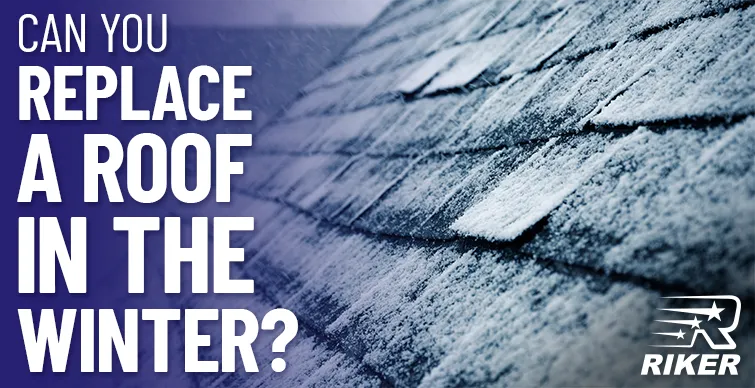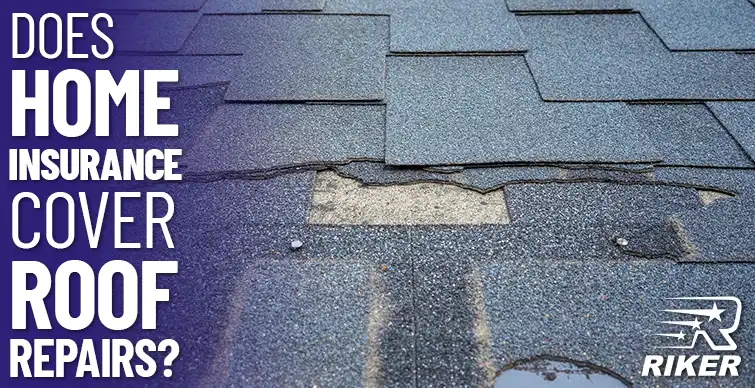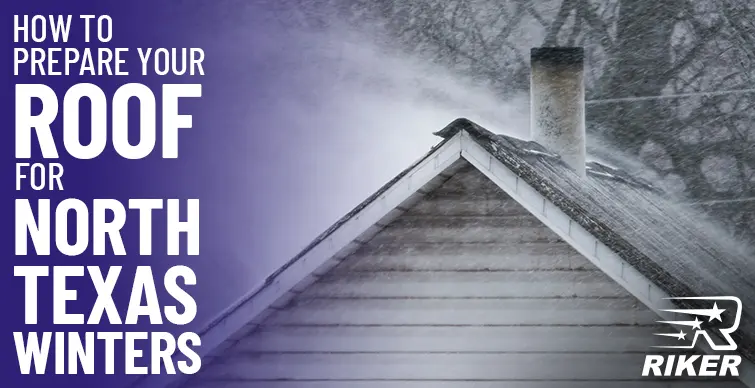As a homeowner, your roof is likely the most costly part of your home. It’s also one of the most important as it protects your home and belongings from the outside elements. If it’s time to replace the roof on your home, you’ve likely discovered that it’s very costly.
The average roof replacement can run anywhere between $8,000 and $15,000. However, this price will vary tremendously depending on several different factors. Some of these factors include your geographical location, the type of material that’s being put down, and the different slope grades of your roof.
If you’ve been caught off guard by the fact that your roof needs to be suddenly replaced, it can be overwhelming trying to figure out how you’re going to afford it. Fortunately, there are a few different financing options available to you.
Credit Card
A very common way to pay for unexpected expenses, like putting on a new roof for your home, is to use a credit card. This could be through one of the more popular credit card issuers like MasterCard or Visa. This could also be through a store credit card for places like Home Depot or Lowe’s.
Ideally, you’re going to want to look for a credit card that offers a 0% APR introductory rate. Many card issuers will offer this introductory rate for anywhere between 12 and 18 months. This can allow you time to pay off the entire cost of your roof interest-free. If you can’t find a new 0% APR credit card, you’ll want to choose whatever credit card has a big enough available balance and the lowest interest rate that you can get.
Financing From Your Roofing Contractor
Since it’s readily available knowledge that putting on a new roof for the average homeowner is very costly, most roofing contractors will offer some sort of financing that homeowners can take advantage of. While each contractor’s terms are going to be different from the next, most have a few things in common. They give you a set installment payment amount and a set time frame by which the loan has to be paid back.
It’s crucial to note that when you opt for contractor financing for your next roof, your roof may be more expensive as some roofers may tack on a dealer fee for issuing the loan. Depending on the contractor that you work with, this loan may be at 0% APR, or there may be interest tacked onto it as well.
Personal Loan
Another popular option that homeowners use for financing their new roof purchase is a personal loan, which is found with a fixed interest rate and a set monthly installment payment. You’ll tell the lender the specific amount that you need to borrow, and they will issue you a check for that amount. These types of loans are typically available for those with a good credit rating and verifiable income.
All personal loans are going to be set up with an established term from the beginning. This way, you know how long you have to pay on the loan until it’s completely paid off. Personal loans can be issued as secured or unsecured. The difference between the two is that an unsecured personal loan does not require collateral. A secured personal loan will require you to place the lender as a lienholder on one of your assets, such as your car, until the loan is paid back.
Home Equity or Line of Credit
One of the most cost-effective ways to fund the purchase of a new roof is through a home equity loan. It’s important to know at the start that this type of loan will take longer to fund than using something like a credit card. However, you will likely be able to borrow the money at a much lower rate.
A home equity loan or line of credit will be available to homeowners who have a significant amount of equity in their home. For example, if your home is valued at $100,000 and you only owe $50,000 on your mortgage, then you have $50,000 in equity in your home. Most lenders will allow you to borrow up to 80% of the value of your home minus any existing liens.
Following the previous example, 80% of the value of a $100,000 home would be $80,000. The maximum amount you could borrow for your home equity loan or line of credit would be $80,000 minus the $50,000 mortgage that you owe on it. This brings it to a total of $30,000 that you can borrow.
If you decide that you want to use the equity in your home to fund the purchase of your new roof, then you will need to put the lender as a lien holder on your home. This simply means if you default on paying back your home equity loan or line of credit, the lender will be able to take legal action against you to obtain your home.
If you opt for the home equity loan, this is very similar to a personal installment loan. You’ll be given a set amount that you can borrow, a set term, a fixed interest rate, and a set monthly installment payment amount. Each month, you’ll pay the specified amount until you reach the end of the loan term.
With a home equity line of credit, the financing process is a bit different. This follows more the path of borrowing with a credit card. You’ll be given a set maximum amount of money that you can borrow. When you make a purchase, such as your new roof, you’ll be billed interest on the amount that you borrow. For example, if you only borrow $15,000 of your $30,000 limit, you’ll only be charged interest on the $15,000 that you borrowed.
An important differentiation here between the home equity loan and a line of credit is that with a line of credit, you’re only being billed interest on the amount that you borrow. With a home equity loan, you’re billed interest on the entire amount of the loan.
Cash Out Refinance
Another possible option for funding the purchase of your new roof is to do a cash-out refinance on your home. This is only available if you have a significant amount of equity in your home. This typically happens when the home values in your area increase suddenly, and your home is worth much more than you initially paid for it.
It’s important to note that with this type of loan, you’re going to be getting rid of your old mortgage and essentially setting up a new one for the current value of your home. Depending on the type of specific cash-out refinance loan you get, you could receive up to 97% of the existing value of your home. Your new mortgage loan will come with a new interest rate, a new term length, and a new monthly installment amount.
Let the Pros Assist You
Riker is proud to provide quality roofing services for Plano and the surrounding Texas communities. We can also assist with all of your garage door, storm damage, and gutter installation needs. Contact us today to get one of our roofing professionals to assess your roof.


